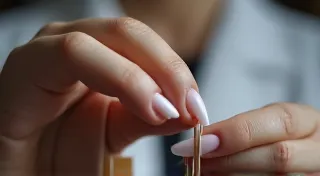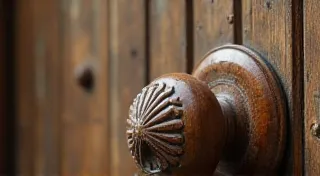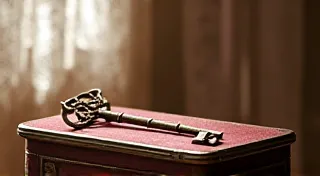Ephemeral Glimmers: How Coin Purses Reflect Shifting Fortunes
There's a quiet poetry to holding a vintage coin purse in your hand. It’s more than just an accessory; it’s a whisper from the past, a tiny, tangible echo of a life lived. I remember finding my first one at a flea market—a simple, foxing-stained leather pouch, the clasp stubbornly refusing to open. It wasn't particularly beautiful, but the sense of connection I felt, imagining its former owner clutching it within a bustling marketplace or tucked safely in a purse, was utterly captivating. This wasn’t just a collectible; it was a small window into a different era.
Coin purses, often dismissed as trivialities in the grand scheme of fashion history, actually offer a surprisingly poignant microcosm of societal changes. They are far more revealing than one might initially suspect, reflecting evolving economic climates, shifting aesthetic values, and the evolving role of women in society. Let’s delve into this miniature world and discover how these seemingly insignificant accessories speak volumes about the past.
The Early Days: Function and Frugality (1880s - 1920s)
In the late 19th and early 20th centuries, coin purses were primarily utilitarian objects. The era was marked by a nascent industrial revolution and a widening gap between the haves and have-nots. Practicality reigned supreme. You're unlikely to find elaborate beading or fanciful embellishments on these early purses. Instead, they were crafted from sturdy materials – leather, often embossed with simple patterns, or heavy fabrics like canvas and felt. The focus was on durability and protecting the precious few coins many working-class individuals possessed.
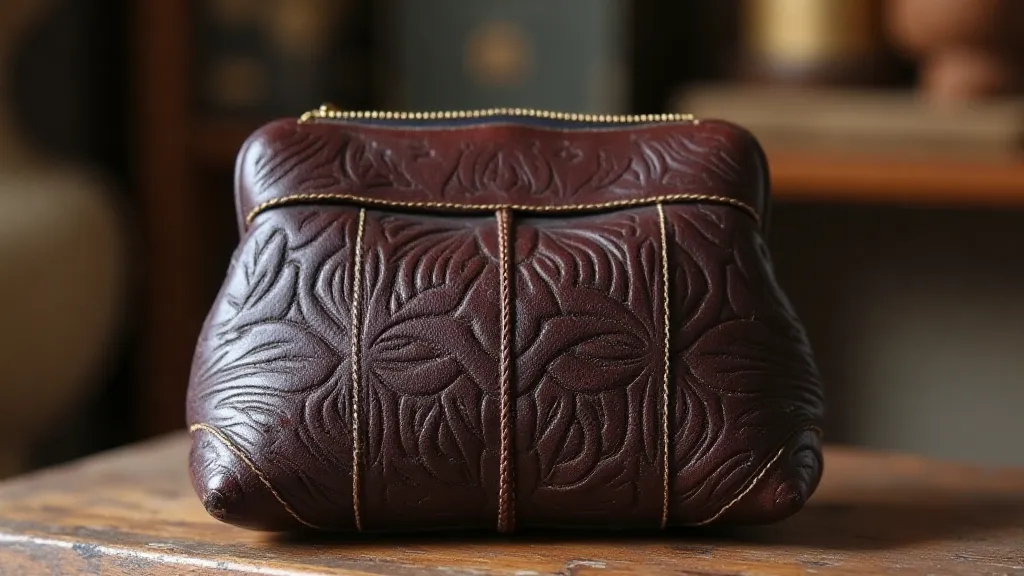
Think of the women of this era, often working long hours in factories or domestic service. Their coin purses were a necessity, carrying the wages earned after a demanding day's labor. The quality of the materials used often indicated the owner’s social standing; a finely tooled leather purse might be owned by a shopkeeper’s daughter, while a simpler canvas pouch would be more common among factory workers.
The Roaring Twenties: Jazz Age Glamour
The 1920s witnessed a seismic shift in social attitudes and a burgeoning consumer culture. The era of Prohibition, flapper dresses, and jazz music brought a new spirit of liberation and extravagance. Coin purses mirrored this newfound prosperity and desire for self-expression. Suddenly, intricate beadwork, sequins, and embroidery became hallmarks of fashionable accessories. Delicate fabrics like silk and velvet were incorporated, often in vibrant colors and art deco patterns.
The rise of mass production techniques also influenced coin purse design. While handmade craftsmanship didn't disappear entirely, more affordable, machine-made options became available, allowing a wider range of women to indulge in fashionable accessories. The Art Deco movement’s influence is unmistakable, with geometric shapes and stylized motifs adorning these miniature pouches. They were no longer just functional; they were status symbols, miniature works of art reflecting the exuberance and optimism of the decade.
The Depression Era and Wartime Austerity (1930s – 1940s)
The Great Depression and World War II brought a return to practicality and a marked decrease in frivolous spending. Coin purses of this era reflect this austerity. The elaborate embellishments of the 1920s largely disappeared, replaced by simpler designs and more economical materials. Leather again became the dominant fabric, often in dark, muted tones. Patriotic themes – American flags, military insignia – occasionally appeared, reflecting the national mood.
Resource scarcity meant that even seemingly minor details were scrutinized. Repurposing and mending became commonplace, and coin purses were often repaired and reused for years, sometimes even decades. This extended lifespan is a testament to the quality of craftsmanship found in many vintage pieces, a quality often lacking in modern mass-produced items. I have several that bear the marks of loving repair—a patch here, a replaced clasp there—each imperfection a silent story of resilience and resourcefulness.
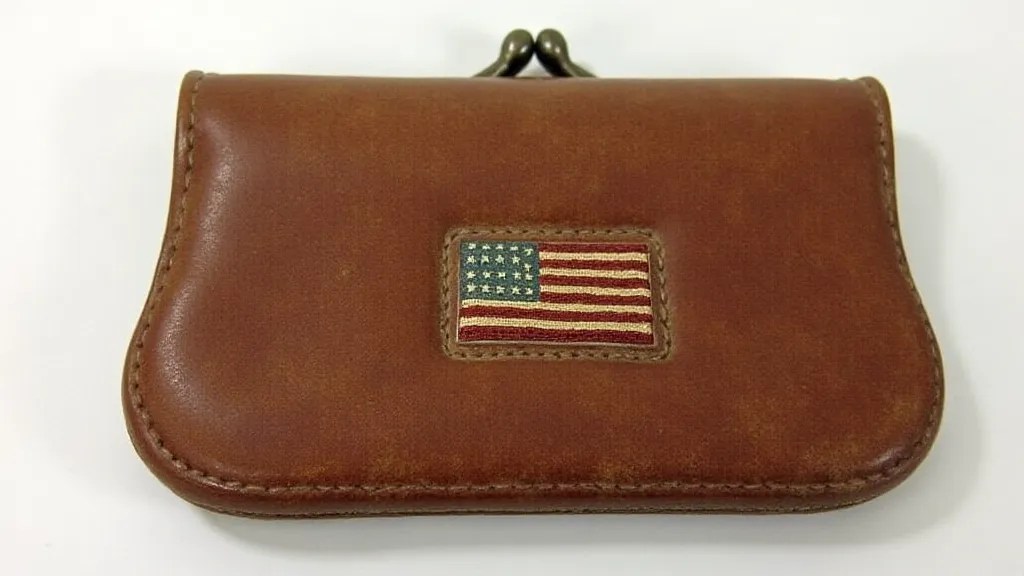
Post-War Prosperity and the Rise of Plastics (1950s – 1960s)
The post-war economic boom ushered in an era of unprecedented consumerism. The 1950s and 1960s saw a surge in colorful, playful designs. The introduction of new materials, particularly plastics, revolutionized accessory design. Suddenly, coin purses could be molded into whimsical shapes – animals, flowers, even miniature cars – and produced in a dazzling array of colors.
This was also a period when women's roles began to evolve, and coin purses started to reflect this shift. While functionality remained important, there was a greater emphasis on style and self-expression. Novelty coin purses became popular gifts, and many featured pop culture references – cartoon characters, movie stars, popular songs. The carefree spirit of the era is undeniably captured in these miniature treasures. The availability of vinyl and other synthetic materials broadened the affordability, allowing for more accessible fashion.
Restoration and Appreciation
Collecting vintage coin purses is more than just acquiring pretty objects; it’s about preserving a tangible connection to the past. While some collectors prefer to leave their pieces in their original, untouched condition, others carefully restore them to their former glory. Cleaning and repairing clasps are common tasks, but it’s crucial to use appropriate materials and techniques to avoid damaging the integrity of the piece. Using reproductions or modern replacements can degrade the value, but can be essential for usability.
When examining a vintage coin purse, pay attention to the materials, the construction techniques, and any markings or labels that might provide clues about its age and origin. The scent of aged leather or fabric can evoke powerful memories and transport you back in time. Even a simple, worn coin purse can tell a story – a story of a life lived, a generation gone by, and the enduring power of small, everyday objects.
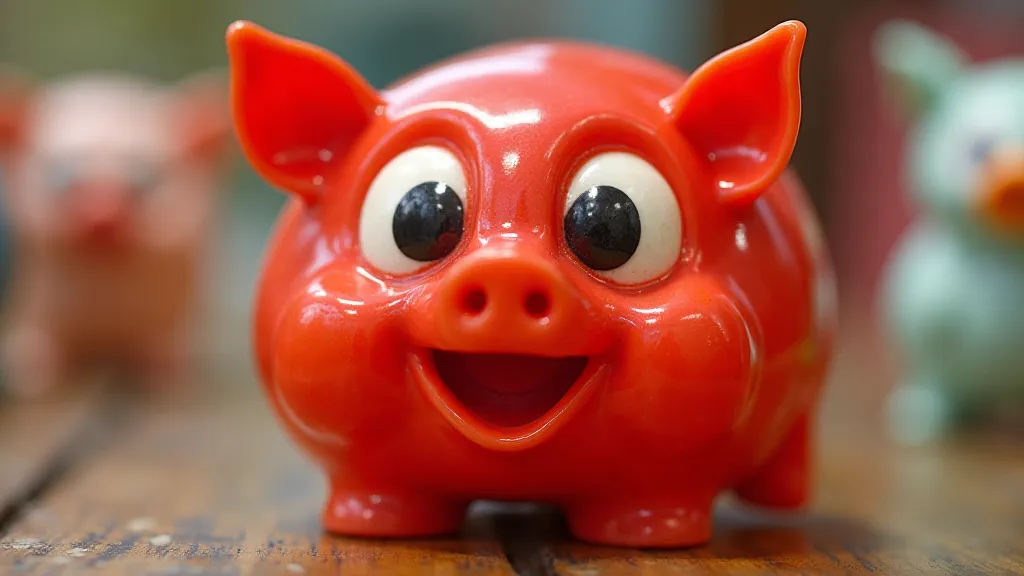
The next time you find yourself drawn to a vintage coin purse, take a moment to appreciate its history – the hands that crafted it, the owner who cherished it, and the stories it holds within its miniature embrace. These ephemeral glimmers of the past offer a unique and poignant window into the evolution of fashion, society, and the enduring human desire for beauty and self-expression.
